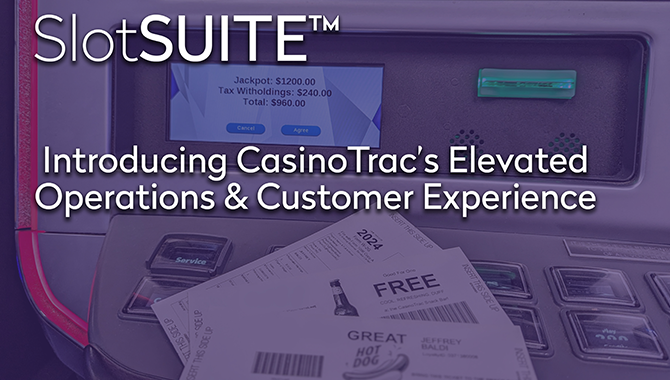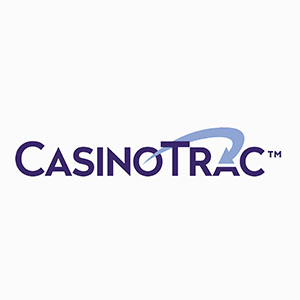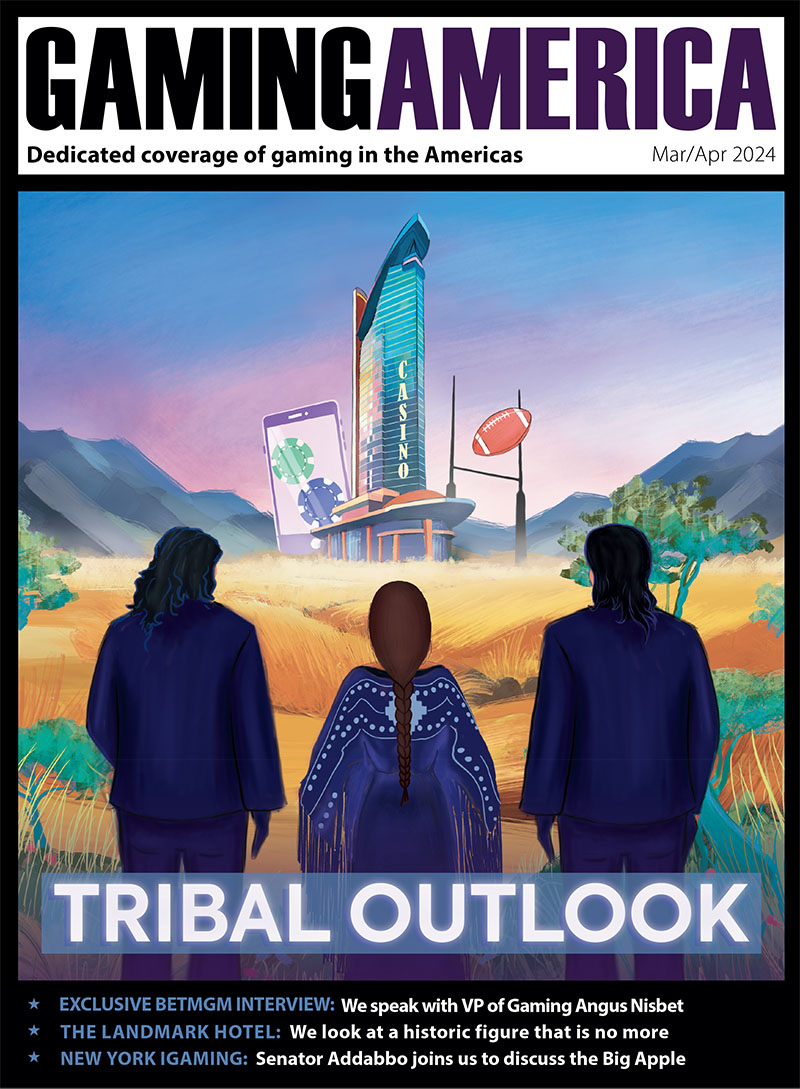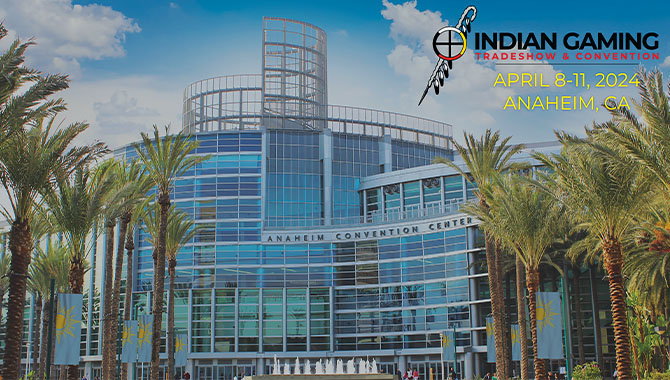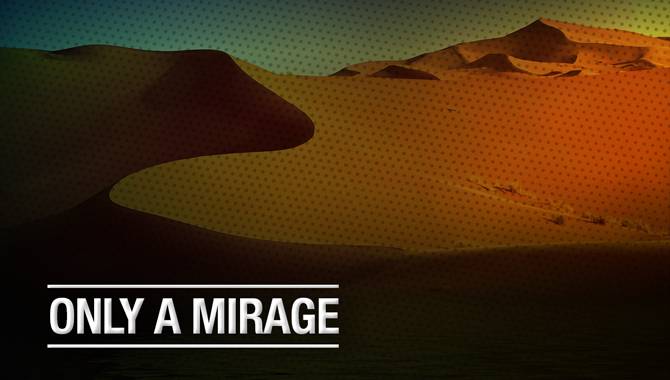
In case you missed it, Hard Rock has announced its return to Las Vegas. This is good news, as one of the world’s most recognizable brands returns to the home of gaming and entertainment. However, the property that it acquired was The Mirage, and Hard Rock’s return will see the demise of the most important casino ever built.
The current owner, MGM Resorts, acquired the property in its $6.4bn merger with Mirage Resorts in 2000. The sale of the operations contract by MGM Resorts was inevitable, and indeed good business. With exposure across the Strip and having extracted value by selling the real estate of the asset (as part of a $4bn+ deal), the fee of over $1bn for the operating contract proves Kerkorian’s acquisition two decades ago was one of the greatest deals ever done in corporate America.
It is easy to forget that, when it opened, it had been over 15 years since a new resort had opened on the Strip. Reno, Atlantic City and even Laughlin had seen significantly more resort development than ‘moribund’ Las Vegas.
On opening on November 22 1989, The Mirage transformed what was possible in a casino resort, starting the development boom in Las Vegas; which in turn led to national and global attention, enabling casino expansion in Asia and influenced resort development across the globe.
Conception
Back then, Steve Wynn took a huge gamble. He had success in operating The Golden Nugget properties in Las Vegas, Atlantic City and Laughlin. But his Las Vegas venture had to be much bigger, better and compete at the highest level, taking on Caesars Palace, which stood alone as the Strip’s gambling behemoth. In terms of scale, Caesars, The Desert Inn, Sands, Sahara, Circus Circus, Flamingo, Stardust, Hilton and Riviera had added rooms and facilities over decades to become mega-resorts. The Mirage was the first resort to open fully formed, with over 3,000 rooms ready to go on day one. It set the template for opening strategies for all future properties.
Wynn assembled the finest team of casino architects and designers ever seen, before or after, for this project. The project was driven by Steve, with Kenny and Elaine Wynn, Joel Bergman, Paul Steelman, Scott Walls, Brad Friedmutter, Henry “Bud” Conversano, DeRuyter Butler, Roger Thomas and Don Brinkerhoff all contributing to various aspects. All worked on many other notable projects, but never together again.
Although the “Y-shape” was used before, the property modified the design to attract all the customer groups, from high-end gamers, conventioneers and leisure travelers. The design was not based on building the most rooms possible, but the optimal rooms to service guests properly. The property was set back from the street, offering a postcard-perfect photograph, featuring lush landscapes and an exploding volcano. The signature attraction became iconic on day one, and over the next 20 years new resorts featured large-scale, external design aspects as a matter of course.
Wynn understood the importance of framing visuals a generation before the advent of Instagram and social media. Indeed, we know the customer journey was strategized at The Mirage before it became design parlance, with the tropical atrium and aquarium in the world occupying guests on arrival and a planned flow evident throughout.
Escapist Experience
Of course, the casino was important, but it was unlike other properties: The Mirage was not all about the casino; non-gaming revenue was greater than casino revenues, and gaming revenue was record breaking. This flipped the conventional business models for Las Vegas casinos.
Except for Caesars Palace, which stood as an outlier (thanks to the creative, but unreliable, genius of developer Jay Sarno) casino resorts had been designed to be functional, first and foremost.
The Mirage experience was highly functional, but was the first to properly codify Sarno’s design creativity to optimize the emotional aspects, deliberately stimulating senses as a strategy. This was the first property to use scent, the first to study the effect of lighting on guest behavior, the first to inculcate intimacy between guest and employee, and thefirst to measure service distances in relation to timing. The Mirage was the first customer-centric, experience-driven integrated resort.
Contrary to popular belief, the Mirage wasn’t themed to be a Polynesian resort, it was themed for the customer to feellike they would in a Polynesian resort. That emphasis on feel is what is lost to many. It is subliminal. Interior designer Roger Thomas describes it as “evocatecture;” that is where the physical environment is designed specifically to elicit an emotional response.
The outcome of a positive experience is to repeat it. The consequence of a positive experience is a memory. This property was the first to deliberately implement the psychology of the customer experience and drive loyalty through emotion.
Branding and Marketing
For decades, casino resorts saw marketing as a relatively narrow endeavor, adopting desert motifs and promoting their properties through external drivers, namely entertainment, to attract gaming customers. The Mirage also did that, but became the first property to have a distinct image as a logo, designed by acclaimed graphic artist Clement Mok, who latterly served as Creative Director of Apple.
The logo, featuring tropical palm trees, echoed the brightness of the property palate. Adorned bags, T-shirts, ashtrays, casino chips and a variety of souvenirs gave the property a distinct brand equity; that was both monetized in the gift stores, but also extracted off-property by customers for their weekly poker game, a constant reminder of their recent Las Vegas trip and trigger to book the next one.
In advertising, the property was portrayed as ethereal, building anticipation for customer visits.
In 2019, Alan Feldman, who opened the property as Head of PR for Mirage Resorts, told me: “When communicating the resort, we never showed the property. It was left to the imagination. Steve didn’t want developer speak. Whatever Donald Trump did, he wanted the opposite.”
Entertainment
Although illusionists had featured in casino resorts before, The Mirage was the first to put them front and center of the entertainment experience. Siegfried and Roy, and their unique menagerie of 58 white tigers and 19 white lions, were integral to the brand, messaging and experience of The Mirage.
Shying away from a traditional performer as headliner, The Mirage was the first to launch a performance show on this scale; it was the most expensive show ever produced with a cost of over $100m, producing revenue of over $40m per annum. The 1,500 capacity, purpose-built auditorium was sold out twice nightly, between 1 February 1990 to 3 October 2003, at market-leading ticket prices.
The tigers were on display on-property, and will remain so, alongside the dolphin habitat, until the new owners assume management of the property.
The Mirage also launched Cirque du Soleil, with Nouvelle Expérience running for over a year at the property, before the group brought Mystere to Treasure Island, which opened adjacent to The Mirage in 1993.
Employees and Training
Staffing a mega-resort from scratch had never been done before in Las Vegas.
Mirage Resorts and the labor unions rewrote the employee contract, was the first to give employees shares in the company and created leadership and management training programs, with a clear pathway for training and career growth. The Employee Dining Room and back of house facilities were as nice as the resort itself, and better than some public dining facilities in other properties.
Head of Human Resources, Arte Nathan, told me: “In the 11 years of operations, Mirage Resorts had one grievance and no arbitrations. Nobody else even came close: it wasn’t that we rolled over in our management decision making, we worked with the Union to resolve issues and conflicts before they ever got started. It was truly a partnership.”
Today, most training and development programs throughout the city can be traced to The Mirage and dozens of executives that have led multiple properties in the subsequent decades served their formative years at The Mirage. There is also a further cadre of younger executives in the industry that had parents that moved to Las Vegas to work at The Mirage. In many ways, the professional leadership within Las Vegas, and exported throughout global hospitality, owes significantly to Wynn, Nathan, Baldwin, Shier, Schorr and Hornbuckle; the leadership team that originated the operational strategy first seen at The Mirage.
Corporatization
Perhaps the most immediate outcome of the opening of The Mirage was the effect that it had on corporate America’s attitude to casinos.
Drexel Burnham Lambert financed the property, in part via corporate bond issuances. Mirage Resorts was the first to borrow and build on such scale, and to do so in full view of Wall Street and other investors. The combination of the experienced and credible leadership team, quality of development and the prompt return on investment, made Las Vegas casinos an investable asset class, and lenders lined up to finance “the
next” Mirage.
Within 10 years of The Mirage’s debut, 14 new mega-resorts opened in the Las Vegas resort corridor. It went from a marginal city of relevance, to one of the most important entertainment and business hubs in the world, and soon to be a Super Bowl city. There is little doubt that, without The Mirage, Las Vegas’ growth would not have been possible.
Customer
Although visitation to Las Vegas has always been consistent, the MGM fire and Atlantic City expansion had reduced the demand of the city to gaming and leisure customers. Indeed, by 1989, gaming revenue in Atlantic City had long surpassed that of the Strip.
The Mirage, with headliners Siegfried and Roy garnering global attention, media coverage of this apparent wonder and tales of those that had visited the new resort, appealed to not just traditional gamblers, but visitors from throughout the US and beyond. In 1988, the year before The Mirage opened, 17.2 million people came to Las Vegas. In 1990, the first full year after opening, that number was 20.9 million, a 22% increase in visitation. That growth was to be constant and by the year 2000, visitation had increased 108% to nearly 36 million people. The customer profile changed – as did the offering. Rival casinos invested in a range of non-gaming amenities, notably The Forum Shops at Caesars Palace, and everything from large production shows to theme parks to luxurious pool areas in the new resorts, all following the template as seen at The Mirage. The cumulative effect of all these investments was to usher Las Vegas to a city of attractions rather than a gaming hub.
Legacy
We can define Las Vegas and the global gaming and hospitality industries as pre and post-Mirage, it is as simple as that.
In 1989, the population of Greater Las Vegas was 673,000. Today it is over 2,800,000 people.
As we have briefly demonstrated, it is the single most important casino in the history of the world, in terms development, entertainment programming, branding, marketing, training and the importance of the customer journey in all aspects of the operating strategy.
The Mirage changed it all and acted as both a benchmark and catalyst for future development. Without it, there would have been no MGM, no Bellagio, no Wynn, no Venetian and certainly no modern Las Vegas.
The table below illustrates the effect The Mirage had on Las Vegas.
|
1988 (Pre-Mirage) |
1990 (post-Mirage) |
2000 (10 Years after Mirage Opening) |
% Change 88-90 |
% Change 88-2000 |
|
|
Visitor Volume |
17,199,808 |
20,954,420 |
35,849,691 |
21.8% |
108.4% |
|
Room Inventory |
61,394 |
73,730 |
124,270 |
20.1% |
102.4% |
|
Room Tax |
$38,175,535 |
$49,493,569 |
$130,550,852 |
29.6% |
242.0% |
|
Air Passengers |
16,231,199 |
19,089,684 |
36,865,866 |
17.6% |
127.1% |
|
CA/NV Drive |
3,003,247 |
3,751,181 |
5,951,009 |
24.9% |
98.2% |
|
CC Ganing revenue |
$3,136,901,000 |
$4,104,001,000 |
$7,671,252,000 |
30.8% |
144.5% |
The days of The Mirage are numbered and soon it will be gone. Its replacement, the new Hard Rock Hotel, will be celebrated, with a giant guitar replacing the erupting volcano.
Customers will enjoy Hard Rock’s offering, but for those of us that study this industry, we will have lost our icon, our paradigm, our lodestar.
A property that was deliberately developed to create memories will soon be just that. Gone, like a Mirage.


